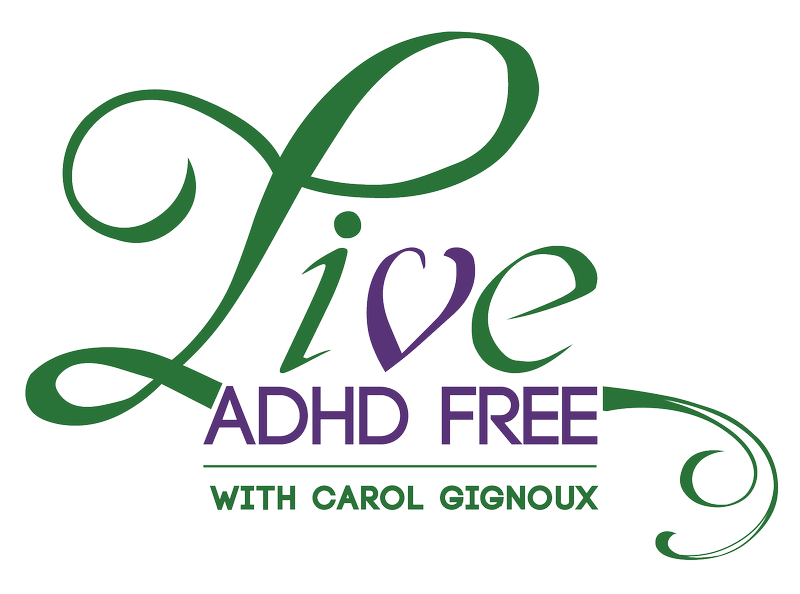A look at how ADHD impacts the workplace
Looking across research on workplace ADHD dynamics, there are clear connections between ADHD, innovation, and work performance. There are both benefits to having these employees and costs. The critical part is how conducive the workplace is to innovation and the support employees receive.
Benefits
Innovation isn’t a priority for most companies, even though they like it to be. A 2016 KPMG CEO Study found that:
- Only 25% of CEOs see innovation as part of their culture and workplace
- 36% responded that their organization’s approach to innovation is inconsistent and not systemic
CEOs agree more time should be spent thinking strategically about innovation and how to prioritize it.
These numbers make it hard to understand if innovation is a priority in the workplace. If not, then where will the next ideas come from? Innovation causes disruption in the marketplace – think Amazon, Uber, and AirBnB. An Innovator Brain can be a great asset for organizations.
Mike Nolan of KPMG said, “Forward-thinking CEOs take a wide view of where disruption is taking place, assess how it is impacting their operations and then reshape their company into an organization that turns disruption into innovation.”
However, it’s important to note that this innovation doesn’t happen in a vacuum. Innovators need to be supported by an organization in order to produce results.
Costs
Turnover in the workplace costs real dollars. Many of which could be avoided with better support systems. Ernst & Young reports that the cost of replacing an employee can be as high as 150% of the departing employee’s annual salary. This cost grows when including the manager’s time training new employees.
There is a cost for treatment as well. But treatment costs are often much less when compared to lost productivity. Dr. Ronald Kessler of Harvard University determined that when working with employees who suffered from depression, the cost of treatment was around $1,000 per worker. However, that treatment in turn could prevent $4,000 of lost productivity. He said, “It sure looks like the effect would be as big, if not bigger, for ADHD.”
The study also discovered the majority of the lost performance was associated with a reduction in quantity and quality of work rather than actual absenteeism. Many employers assume occasional absences are part of the cost of doing business, but the paper noted that “Typically they expect their workers to be working when they are on the job.” Thus, this should be a real eye-opener to employees that most of the ADHD related loss occurs on days when the worker is present.
Linda Anderson, president of the Adult ADD Association, emphasized the importance of treatment. ADHD isn’t just something children have. It’s an adult disease as well. And left untreated, it can lead to workers being unable to cope in the workplace. “We may be underestimating the adult rate of ADHD,” she said.
Employers find value in employees with disabilities
Ernst and Young is realizing the value of employees who have disabilities but also enormous skills. They are currently piloting a program that taps into the talent of workers on the autistic spectrum (where ADHD also resides) in the areas of data crunching and pattern recognition so far with great success.
Help is here
Your organization and employees can benefit from our help. Highly Effective Workplace provides programs that help solve ADHD and other unique learning style workplace challenges. We have over 16 years of experience in creating and implementing workplace solutions. These programs benefit employees, leaders, and the entire organization. Learn more about Highly Effective Workplace from Live ADHD Free.

